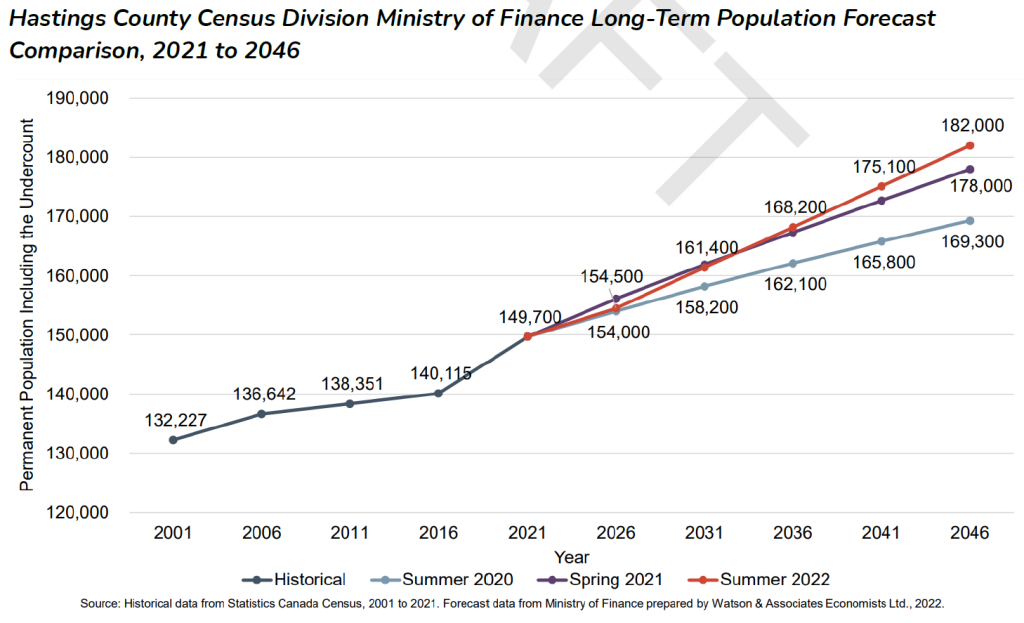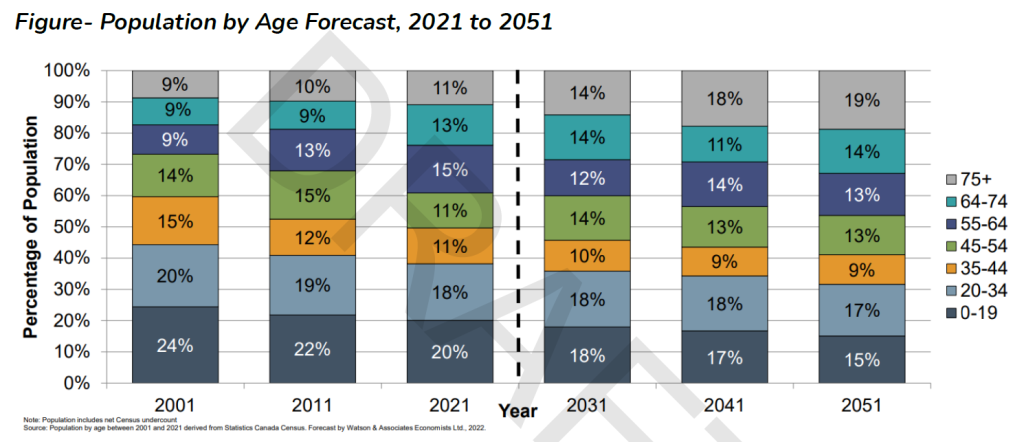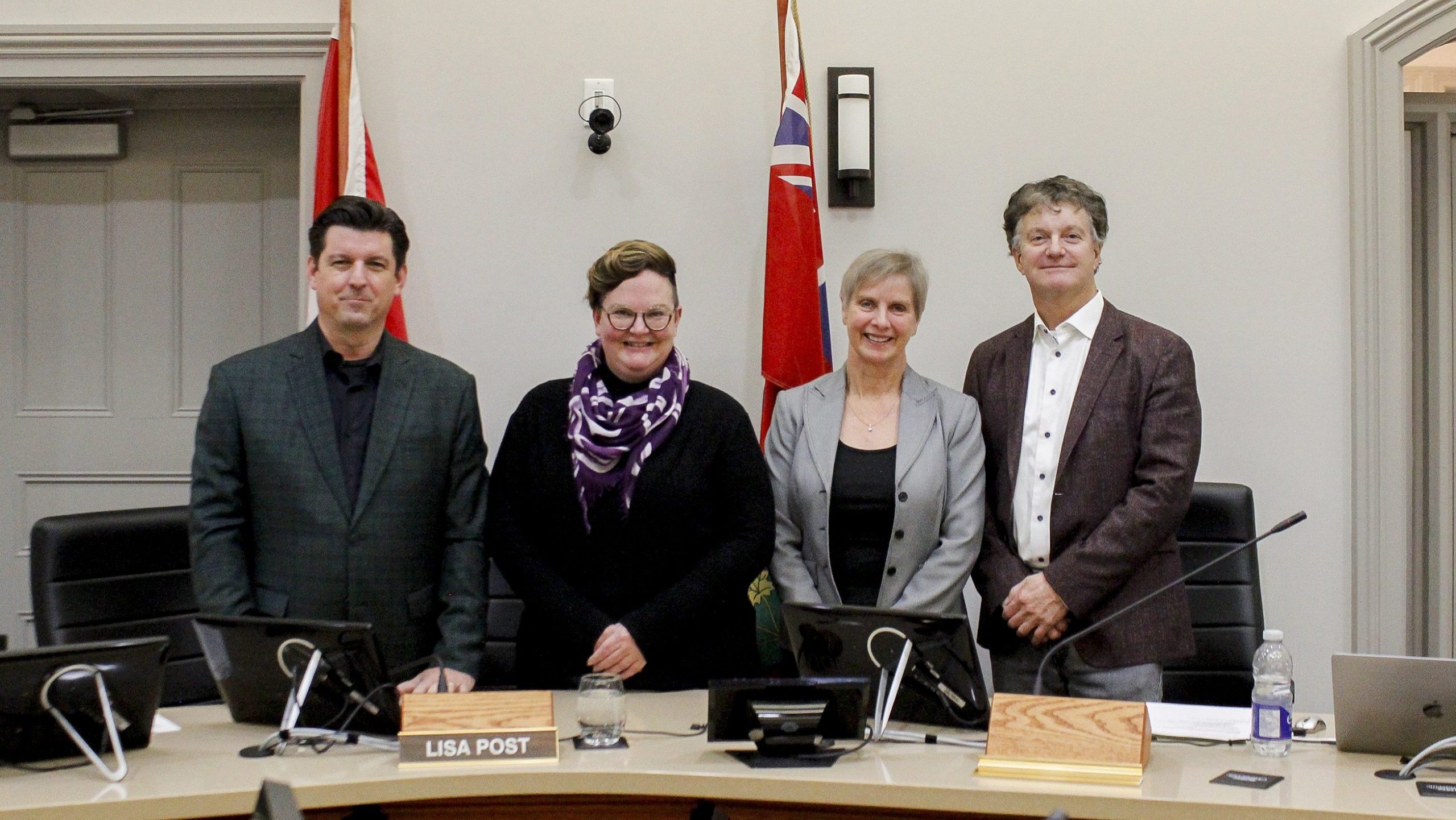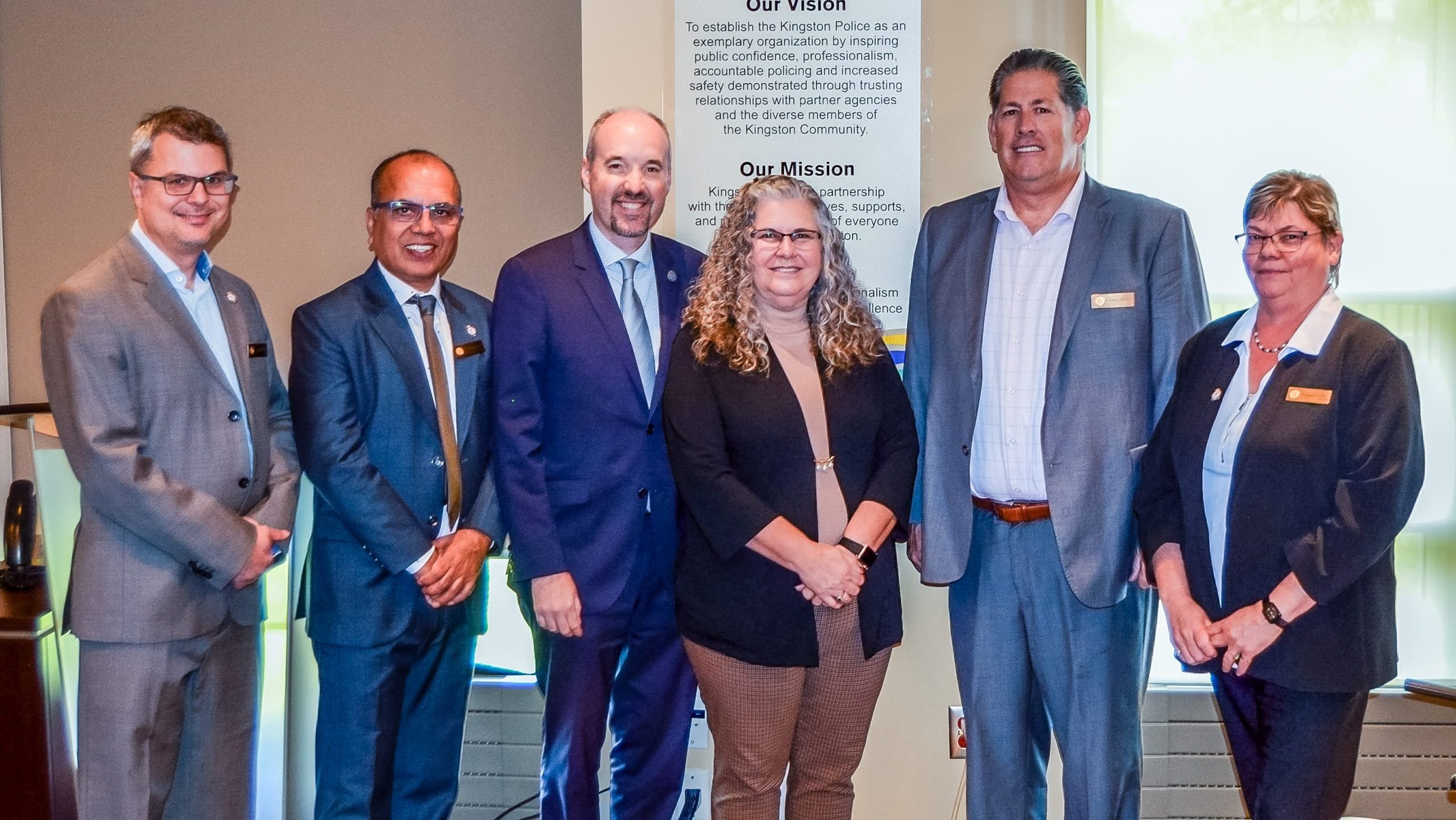One requirement of the City’s function is to ensure it can accommodate growth in the upcoming years. This is typically done through population, housing and employment growth forecasts.
August 8, 2024 – City of Belleville 2024 User Fees Study

The City of Belleville specifically has witnessed a notable acceleration in both population and housing growth from 2016 to 2021, surpassing the trends observed in the previous decade. While the City’s population continues to expand, it is undergoing an aging demographic shift.
Projections indicate that between 2021 and 2046, the 75+ age group (older seniors) will emerge as the fastest-growing population segment, boasting an average annual growth rate of 2.8%.1 This demographic shift implies an increased reliance on net migration for population growth, as opposed to natural increase. This will also increase demand for some of the Parks, Recreation, and Culture programs / services provided by the City of Belleville for this age demographic. In the longer term, this shift has the potential to gradually offset both population and employment growth rates.
User Fee Study

November 30, 2022 – Population, Housing, and Employment Growth Forecast Update
2017 Municipal Comprehensive Review/Official Plan Update

- The population base within the City is anticipated to steadily increase from 56,600 in 2021 to 75,200 by 2051 representing an average annual population growth rate of 1%.
- To accommodate forecast permanent population growth, an additional 10,500 new residential dwellings will need to be constructed within the City between 2021 and 2051.
- While the City updated its Development Charge Bylaw in 2021 to deliver projects to support development related to a historic projection of 200 units per year, the new forecast of 340 units per year will require more investment in a shorter timeline.
- Housing development is expected to average 350 units annually, which is substantially higher when compared to the historical average of 200 housing units experienced annually over the past 15 years.
- Employment growth within the City is forecast to increase from 32,600 in 2016 to 41,000 in 2051. This will be through commercial, institutional and industrial development.
- Over the 2021 to 2051 forecast period, new housing is forecast to comprise 45% low density (singles and semi-detached), 23% medium-density (townhouses), 23% high density (apartments), and 9% secondary units.



Comments
We want to hear from you! Share your opinions below and remember to keep it respectful. Please read our Community Guidelines before participating.